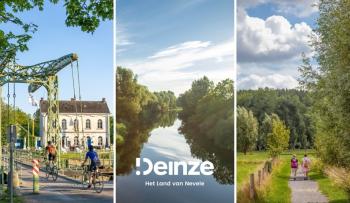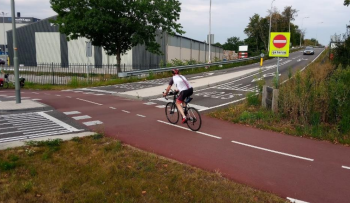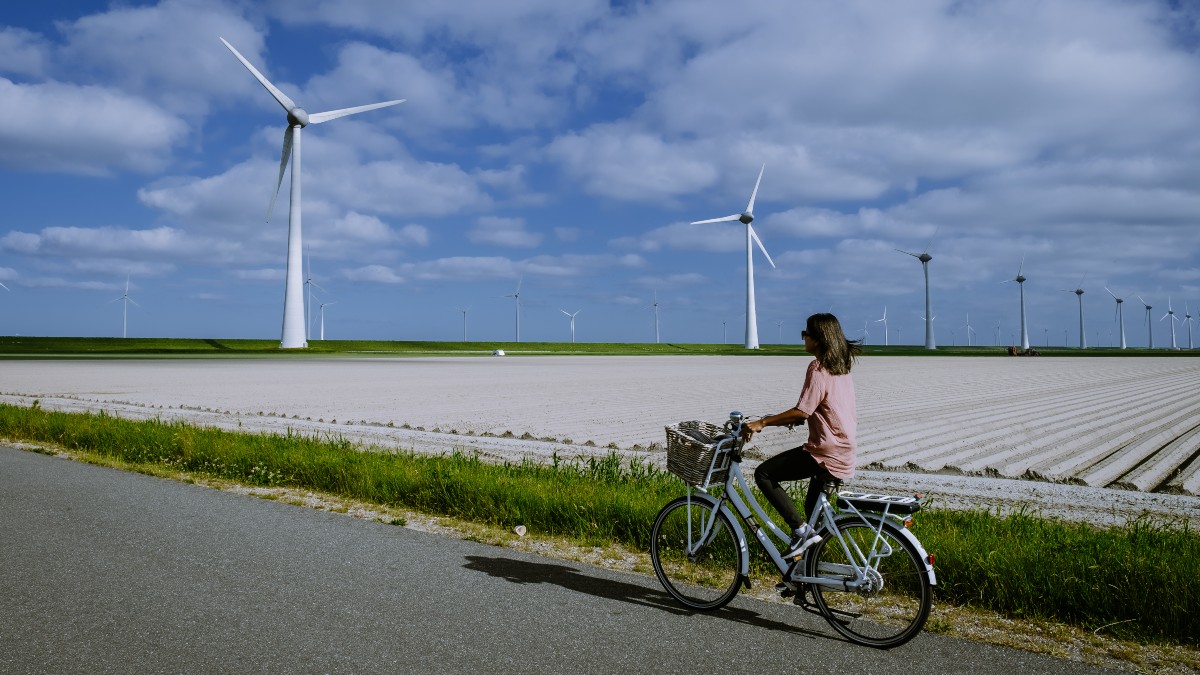
Cycling must be included in TEN-T if European Commission is serious about climate targets
ECF demands for cycling to be included in the flagship EU transport initiative ahead of the publication of the European Commission’s proposal for updated regulation guidelines.
On 14 December 2021, the European Commission is due to publish its proposed update on the regulatory guidelines for its flagship transport initiative, the Trans-European Transport Network (TEN-T). With a budget amassing billions of euro, the TEN-T policy area strongly influences the travel patterns of European citizens and has the potential to dramatically improve transport sustainability across the continent.
However, the European Cyclists’ Federation (ECF) is concerned that the new TEN-T guidelines will simply be a continuation of the approach taken by the network since it was adopted in 1996, ignoring cycling as a key mode of transport within the European Union. As things currently stand, there is only one minor reference to cycling in the guidelines, which was inserted following a campaign by ECF and its members during the last review.
Considering the indisputable environmental benefits of cycling, having only one minor reference in Europe’s leading transport policy initiative is not only insufficient, it is also an enormous opportunity missed for its widespread development across the continent.
In preparation for the upcoming proposal, ECF is calling for a new approach to be taken within the policy guidelines if the Commission is serious about combatting the climate crisis. There are two areas where ECF believes this can be achieved:
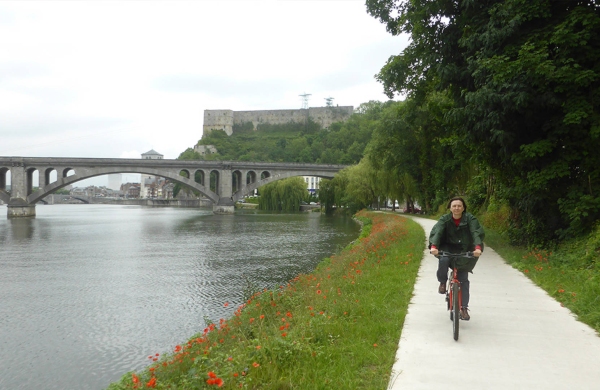
Image 1: EuroVelo 8: Meuse Cycle Route, Belgium. Towpath of TEN-T waterway has been adapted for suitable cycling infrastructure
Cycling for sustainable transport
One of the objectives of the European Green Deal is to reduce the transport sector’s greenhouse gas (GHG) emissions by 90% by 2050. In order to accomplish this, significant changes are required for the European transportation system. Innovation will help, but a key solution already exists: a large modal shift towards active mobility, particularly cycling.
As stated by ECF CEO Jill Warren, “there is no conceivable way to reduce CO2 emissions quickly enough to avoid the worst consequences of the climate crisis without significantly more cycling.”
It is in this sense that EU policy and regulation must reflect the targets set out by the Commission to combat the climate crisis and include necessary guidelines to encourage the growth of the most sustainable forms of transport available.
Integrating EuroVelo, the European cycle route network, into TEN-T
Integrating the EuroVelo cycle network into the TEN-T guidelines will not only benefit the development of the EuroVelo routes themselves but will also increase connectivity between urban and rural areas. Explicit references in policy guidelines and access to TEN-T funding will better enable EuroVelo to develop as a cross-continental backbone to local, regional and national cycling networks (see Graphic 1 below).
This increased connectivity will not only allow for more medium to longer-distance cycle trips (made increasingly feasible by the growth in the use of e-bikes) but also make investment in cycling networks more attractive for local, regional and national governments, encouraging an effective modal shift towards cycling across Europe at the grassroots level.
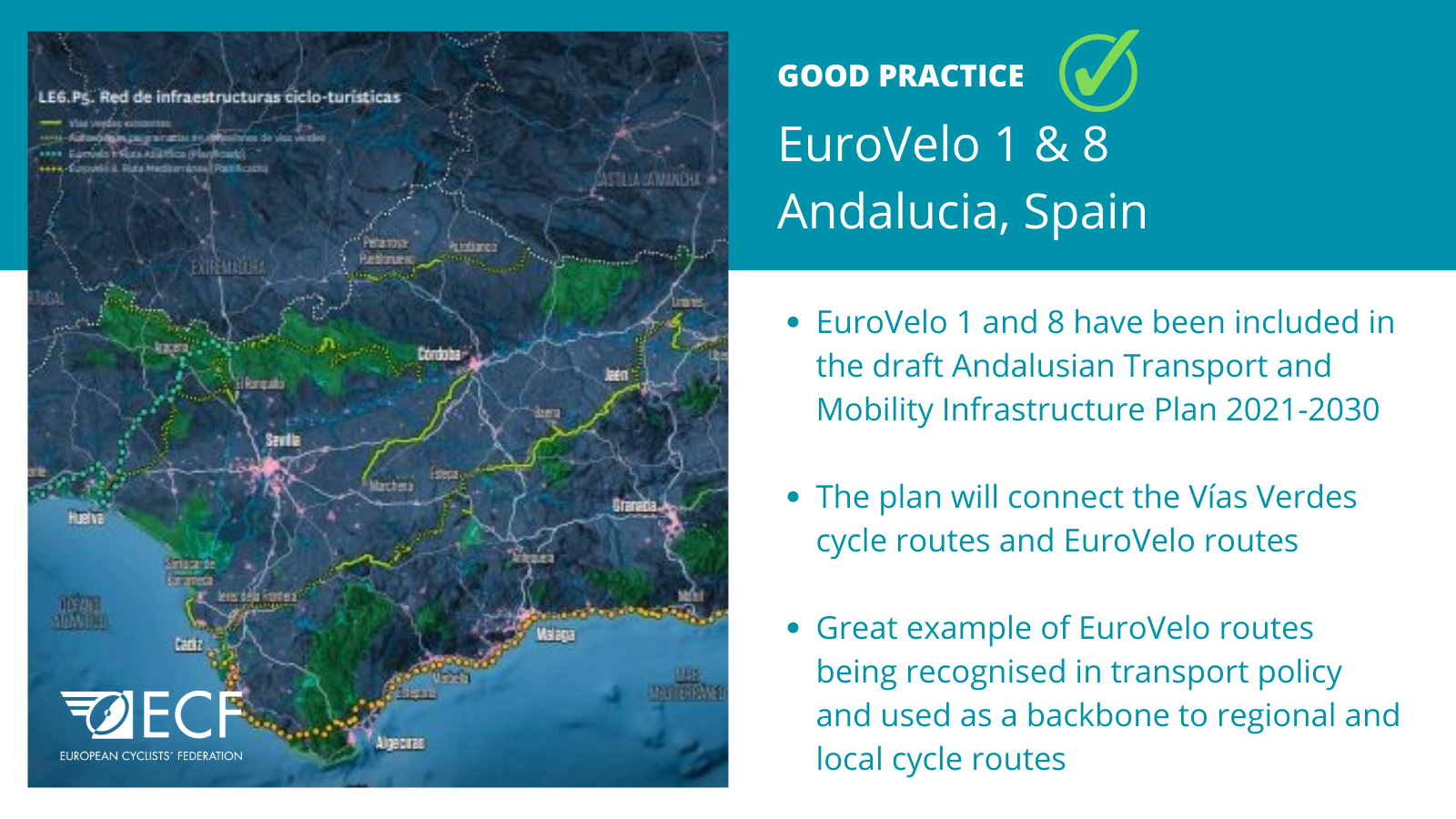
Graphic 1: The local/regional benefits of adopting EuroVelo into transport policy
Integrating cycling infrastructure into TEN-T infrastructure projects
As things currently stand, policy infrastructure guidelines not only ignore cycling but in many cases actually hinder its development, as the lack of consideration for cycling infrastructure often causes TEN-T projects to make conditions harder for cyclists (see Graphic 2 below). By including direct references to cycling in infrastructure guidelines, cycling will instead be considered from the very beginning of project development, discouraging short-sighted development and ensuring long-term infrastructure innovation for sustainable mobility.
In the long run, policy-led evaluation and inclusion of cycling in TEN-T infrastructure projects is not only more practical from a construction perspective, but also economically. As explained by ECF Policy Officer Aleksander Buczyński, “the earlier you start thinking about cycling infrastructure, the cheaper it is.”
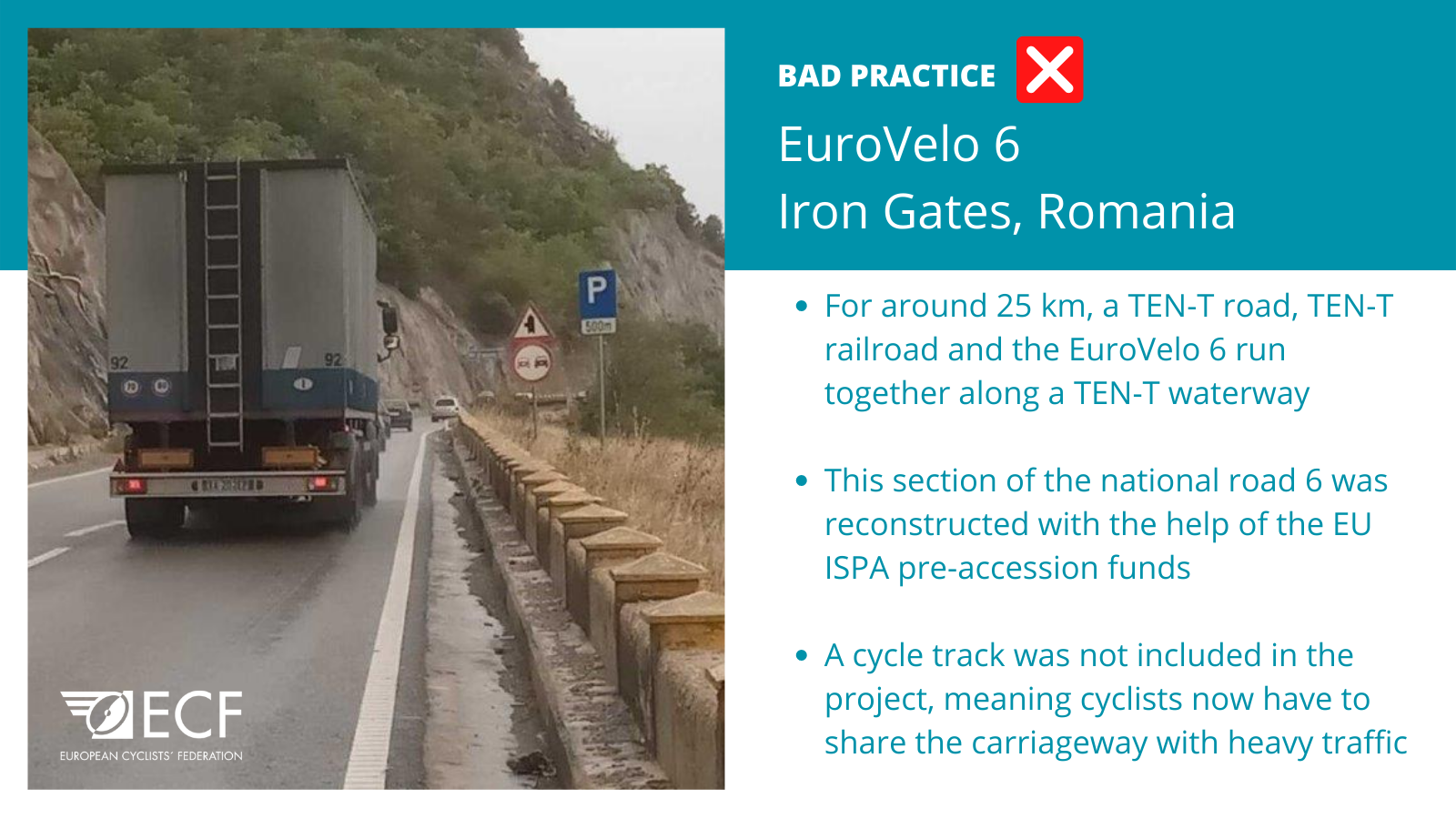
Graphic 2: Failure to account for cycling in infrastructure project leading to dangerous road conditions
The publication date for the Commission’s proposed updates is drawing closer, with ECF expecting it to be published in December. Based on the points made above, the Commission must include cycling in the policy guidelines if it is truly serious about achieving the targets set out in the European Green Deal. Increasing the modal share of cycling across the continent will undeniably help reduce transport emissions, and EU transport policy guidelines must reflect this.
Once the Commission has published its proposals they will then be considered by the European Parliament and the Council (member states), after which the final text will be agreed upon. Throughout this process ECF will continue to advocate for EuroVelo and cycling infrastructure to be integrated into the TEN-T guidelines, in order to ensure that the EU's flagship transport policy is making its contribution to reducing the environmental impact of mobility.
Regions:
Contact the author
Recent news!
Contact Us
Avenue des Arts, 7-8
Postal address: Rue de la Charité, 22
1210 Brussels, Belgium

